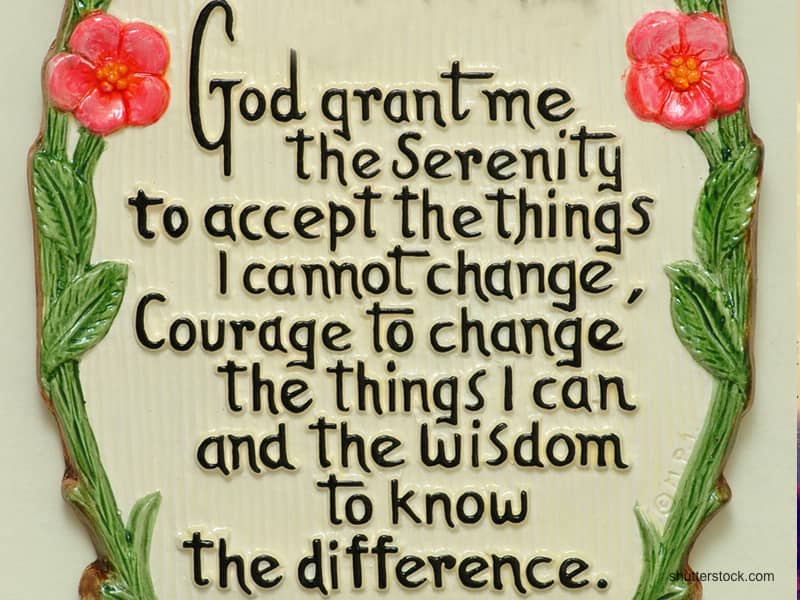Wheaton College, the evangelical flagship school in west-suburban Chicago, has long been known as the Crusaders. But Wheaton's mascot--an armored, lance-and-shield-wielding knight on horseback--will soon join the Redmen of St. John's on the scrapheap of history. Duane Litfin, Wheaton's president, has embarked on his own crusade to change his institution's mascot.
Immediately some may wonder if this isn't another example of knee-jerk political correctness, a sign that no school--not even Wheaton--can escape the long reach of contemporary identity politics. Granted, as military expeditions undertaken by medieval Christian Europe to retake the Holy Land from the Muslims, the Crusades were hardly the high point of interfaith dialogue. With Christians killing Muslims and sometimes each other (West and East being a little less than friendly during the Middle Ages), the Crusades were clearly less holy war than just plain war.
But Christians have long idealized the Crusades as a shining moment of mobilization for the holy cause of Christ, and it is this image with which early Wheatonites no doubt identified as they slowly and informally adopted the Crusader as their mascot. And after all, in American culture "crusade" has these days come to refer more generally to a campaign for a righteous cause, something that can be energetically pursued by Christians and non-Christians alike. Where's the harm in continuing to be the Wheaton Crusaders?
President Litfin assures his campus that he is not bowing low before the PC altar: "In fact, those who know me well will tell you that I am tone deaf to this sort of thinking." Why then, at a college steeped in a proud and successful history, tinker with tradition? According to Litfin, two reasons stand out. First, the world is much more closely interrelated than it ever has been. No longer isolated from each other, citizens across the globe seem to inhabit an instantaneously connected "world-sized fish bowl." Second, this new environment has changed Wheaton itself. As a "steady flow" of other viewpoints has become more and more familiar to the Wheaton community, the school can no longer remain oblivious to real differences in perspective. "Our new environment," Litfin writes, "forces us into a consciousness of how other people think, including how they think about us."
In other words, although Wheaton College does not mean to invoke the real terrors of the Crusades by having this mascot, that doesn't mean that others--including many in Wheaton's own community--can't help but be reminded of, and wince at, such things. To continue as the Crusaders, Wheaton has decided, may unnecessarily hinder its overall mission of spreading the Christian message throughout the world. President Litfin has this mission clearly in mind as he explains the impending as "a Christlike response to our changed situation."
So what will the new Wheaton mascot be? Nominations are ongoing. The alliterative "Wheaton Wardrobes"--referring to the school's possession of C.S. Lewis's inspiration for "The Chronicles of Narnia"--probably won't strike much fear in the hearts of athletic opponents. And although the "Wheaton Apocalypse" sounds awfully intimidating, how would you draw the new mascot? "And now, the starting lineup for your...Wheaton Whirlwind"? Same problem. With these kinds of suggestions interspersed among more credible ones, it will be interesting to see what symbol the Wheaton community finally adopts.
This mascot change--while easy for both outsiders and insiders to have fun with--indicates that at least for Wheaton College, taking seriously its Christian mission means putting forward a new face in the public square. Religious pluralism need not erode commitment to particular faiths, but it often requires creative responses and new strategies for negotiating an ever-changing American situation.

